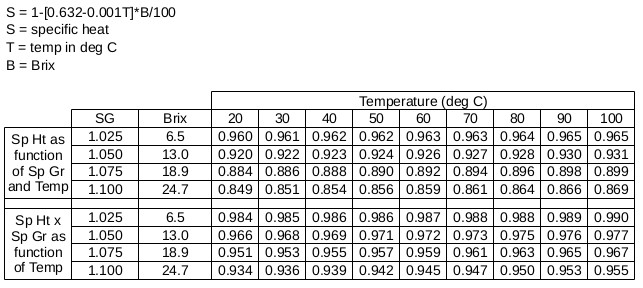I am wondering if there is a simple equation that could help me find out how much time I need with my immersion chiller to lower the temp of the wort to pitching temp.
I am wondering if the size of the batch and the temp of the chilling water and the wort would be enough to calculate the time?
Any thoughts on this?
I am wondering if the size of the batch and the temp of the chilling water and the wort would be enough to calculate the time?
Any thoughts on this?

































![Craft A Brew - Safale S-04 Dry Yeast - Fermentis - English Ale Dry Yeast - For English and American Ales and Hard Apple Ciders - Ingredients for Home Brewing - Beer Making Supplies - [1 Pack]](https://m.media-amazon.com/images/I/41fVGNh6JfL._SL500_.jpg)



























